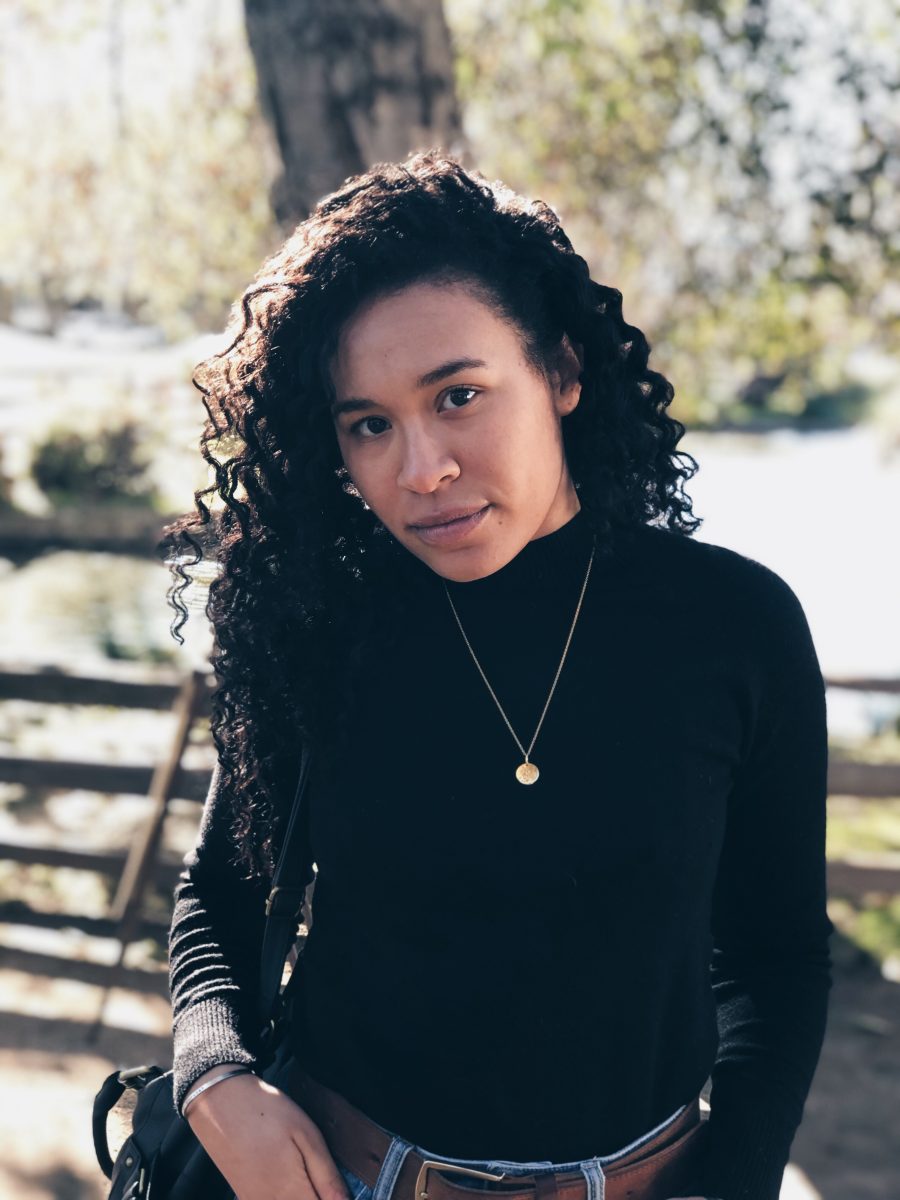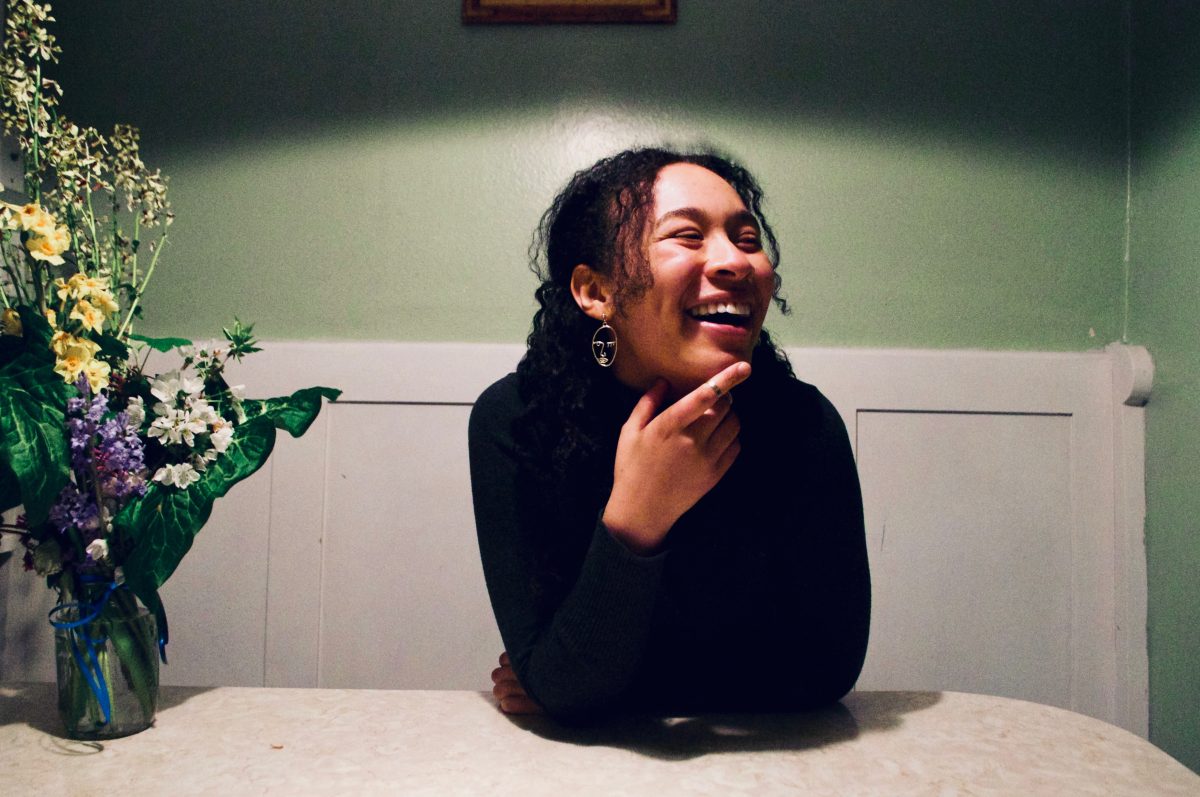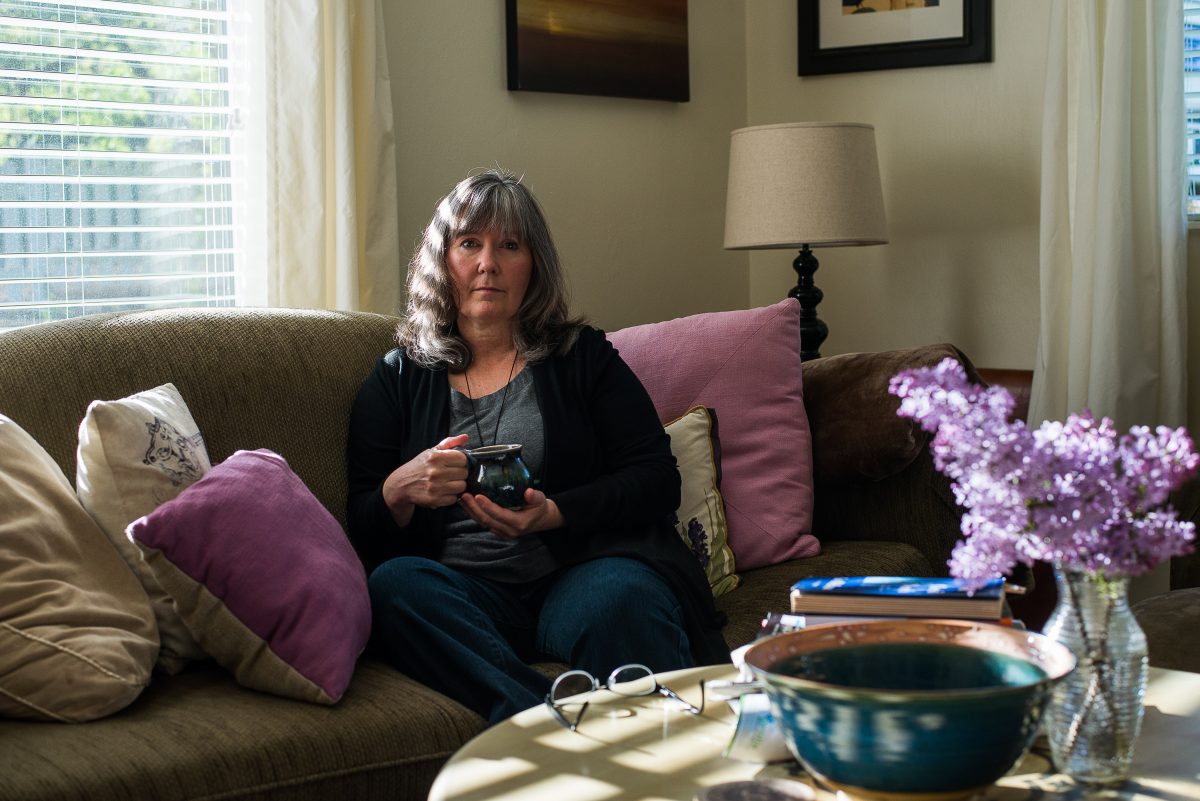“Photographs lie. Even great photographs. Especially great photographs.” Tom Junod, wrote this in the September 2018 issue of Esquire Magazine. The famous photo he is referring to is called Falling Man, taken on September 11th, 2001 and the visceral image of a victim of the attacks of 9/11, haunts many of us to this day. In the years it took to try and identify who the Falling Man was, the world had long developed its own variable perceptions of the photo. This cognizance grew into a negotiable reality and the truth was buried somewhere underneath. The covering of the truth is not always intentional, sometimes it’s based on perception, social constructs and even religious beliefs. As creators and members of the media, we are regularly accused of a misalignment of the public’s perception, versus the story we are trying to tell.
Ethos is a place of vision; a place for connection and recognition. It emanates the importance of storytelling, the importance of truths and the alternative that is sometimes swept under the rug. When turning the pages of Ethos you are walking through a time and space that is beyond just the writers, artists or photographers. These stories are bright, brilliant and elucidate our world’s complexities.
In this issue, our writers focus on countering what many of us think we already know about an issue. By analyzing and addressing all sides, we’re providing a wider and bigger focal lens. Our writers build a connection by recognizing people and places that often stray from traditional subjects. This issue features a bilingual account of an experience in Ecuador; the convoluted reality of sex trafficking and how some male victims felt unheard during the #Metoo movement. From Burning Man to Falling Man and beyond, the fall 2018 magazine challenges our familiar thought patterns in the hope that it will evoke and promote other ways of discussing perceptions of our reality.
Cheers,
Ella T. Morgan





![Words | Renata S. Geraldo Art | Maddy Wignall   Sex trafficking takes on many different forms. Women from poor families fall victim and are kidnapped or sold into prostitution. In the United States, prostitution and trafficking take a different form. Trafficking happens through coercion and manipulation; a much subtler […]](https://ethos.dailyemerald.com/wp-content/uploads/2018/10/8ad948459029f9a809f9628092dca222.png)










